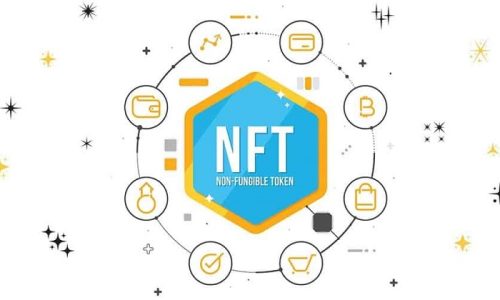
Introduction:
What is Robotic process automation? It is growing more and more popular, and today more or less have already heard about its benefits. Whether it is improved accuracy via elimination of manual errors, more satisfied employees, the creation of quasi error-free databases, streamlined workflows, etc., merely every listing gain will not always convince the stakeholders that RPA is a competitive advantage for every organization. Today RPA performance metrics are necessary to make a solid, convincing case for automating business processes. Robotic process automation is a much more crystal clear quantitative demonstration of its business, financial, and operational impact.
Measure RPA performance metrics and RPA ROI
-
Improved accuracy:
Automation further eliminates the unavoidable errors in manual performance due to fatigue, boredom, lack of concentration, etc. The claim compares the amount of work needed to compensate for mistakes after and before RPA implementation. The interpretative principle is less need to redo the job due to errors means more efficient processing, less time, and less money.
-
Need for intermissions:
Another feature that leads to increased productivity is their capacity for quasi-continuous work, with infrequent upgrade interruptions. Hence, measuring RPA can be done by comparing how much downtime human employees’ need to complete processes with robots’ rest.
-
Audit trails digitization:
Bypassing on to robots and the dull audit tasks, like carefully scanning previous records, detail testing, internal control testing, reconciliations, etc., employees are known to handle complex activities more proficiently. Estimating fair-value investments or investigating abnormalities are some of them.
-
Evaluation of compliance deficiencies:
Compliance issues are one of the significant negative consequences of making errors when handling data. RPA measurement amounts to an appraisal of the compliance deficiencies in the number of mistakes and the cost of fixing those errors.
-
New projects engagements:
When software bots take over repetitive tasks and eventually complete them much faster, humans can be reallocated to other work or new projects that tap into more complex abilities, like creativity, communication, problem-solving, critical thinking, etc.
5 RPA Metrics already in the picture:
1. Total Automated Processes:
It is the sum of all the automated processes that one has in production that make up the robot portfolio. This operational metric indicates how exactly RPA programs grow and evolve, how teams identify RPA opportunities and accordingly prioritize them throughout the development process.
-
Velocity:
Velocity refers to the average time it takes for an automated process to execute. This RPA metric is commonly tracked because it quantifies the time and cost savings of having a bot do the work quicker than an employee.
3. Utilization:
Utilization is how often an automated process is executed and when. Utilization indicates if you are leveraging 24/7 bot availability, which is one of RPA’s key benefits.
4. Accuracy:
Accuracy refers to how often the automated process is executed with errors. This metric indicates if your automation delivers another key RPA selling point: improved process output quality, which yields fewer errors than a manual execution process.
5. Expected Business Value:
Expected Business Value is an RPA metric that mainly consolidates all the other KPIs that are tracked. At the most basic, expected Business Value is the ultimate sum of all the cost savings accrued from increased velocity, improved accuracy multiplied by the cost of an FTE over a certain period and utilization.
5 RPA Metrics One Should Track:
1. Break-Fix Cycles
This means the number of times an automated process requires maintenance or breaks itself. Robots are breaking down directly the impact of RPA ROI; because the robot is out of production and not running, it is not reducing costs or sometimes contributing to increased operational efficiency.
2. Break-Fix Person Hours
Break-Fix Person Hours means automation teams need to understand how long it takes to correct a broken robot. This automation metric is good at indicating how much manual effort in FTE hours is invested in fixing the robot.
3. Break Root Causes
This metric is known to understand the tracking of why robots are breaking in the first place. It allows an individual to identify automation practice gaps that prevent an individual from scaling and maximizing the RPA up time for maximum returns in general.
4. Average Automation Uptime
Average automation time works wonderfully and given an indication of how often the robots are available to do what they were designated to do. This differs from the ultimate utilization because it’s a measurement of a robot’s ability to contribute to the expected business value at all given points of time.
5. Business Value Lost in Downtime
Business Value Lost in Downtime means how damaging your Break-Fix Cycles are reacting to the RPA programs. This metric needs to subtract the quantified downtime from the annual expected business value for the ultimate business.
Six measurement categories that range from quantifiable to more qualitative – or somewhere in between:
- Productivity:
- Accuracy:
- Consistency:
- Reliability:
- Compliance:
- Employee Satisfaction
Conclusion:
Qualitative assessment needs consideration of the design, planning, and new tasks assigned to the employees. Pick a specific time before automation and tally the number and quality of new projects developed by employees. Do the same for a similar period after automation and compare the results.



